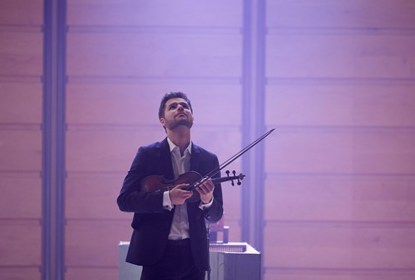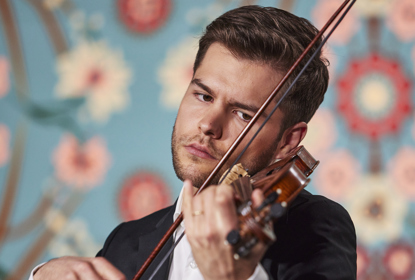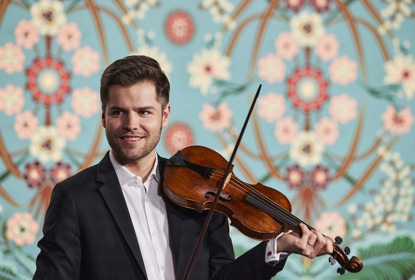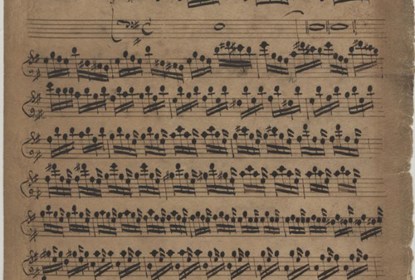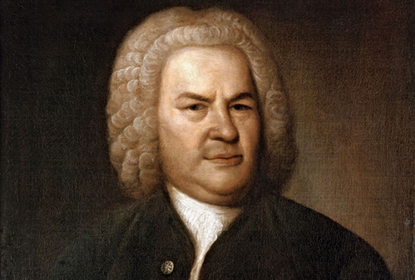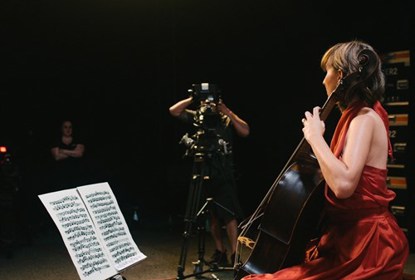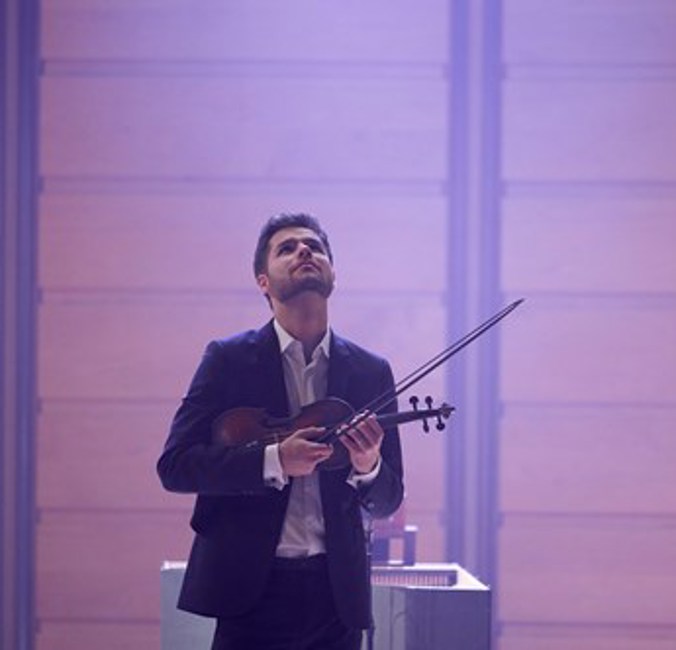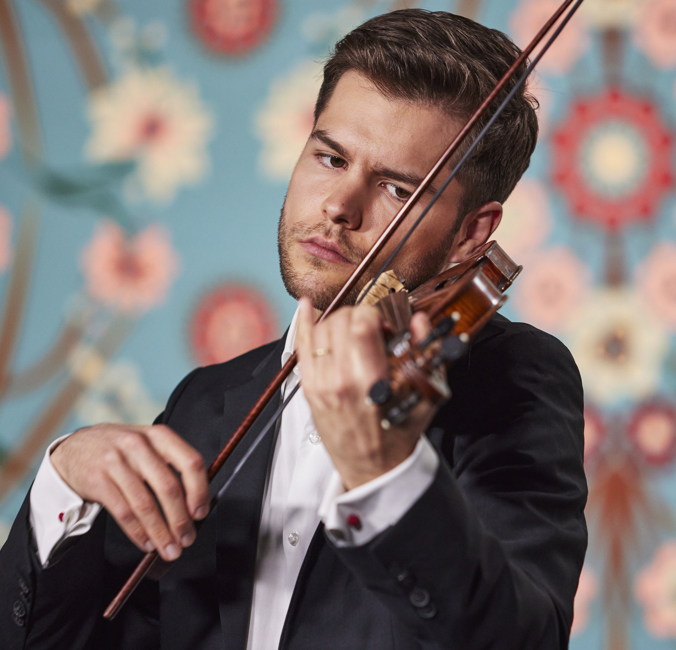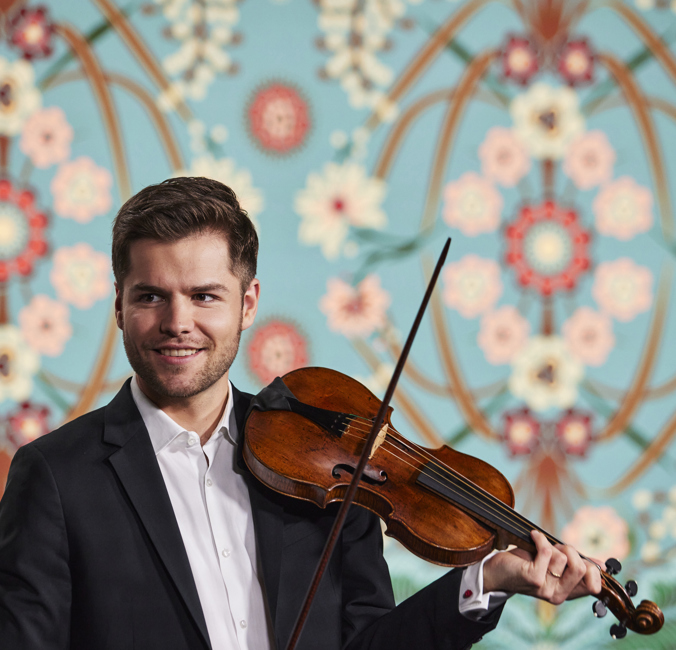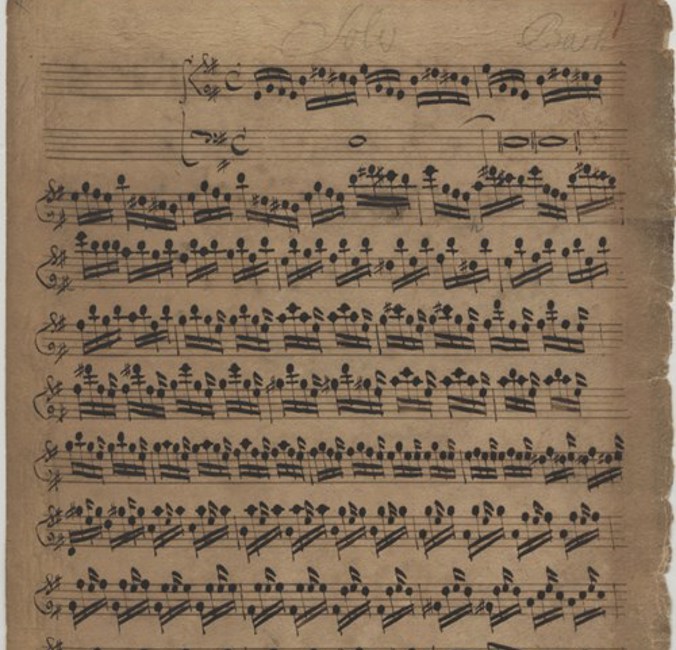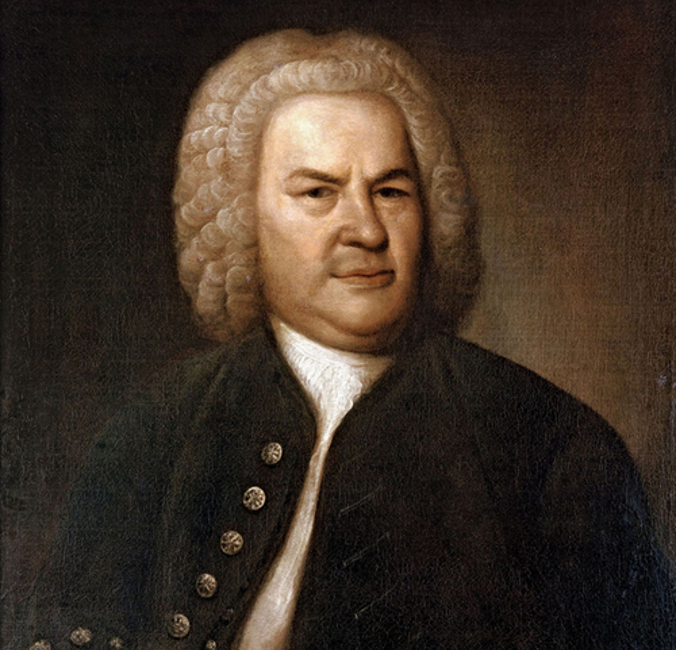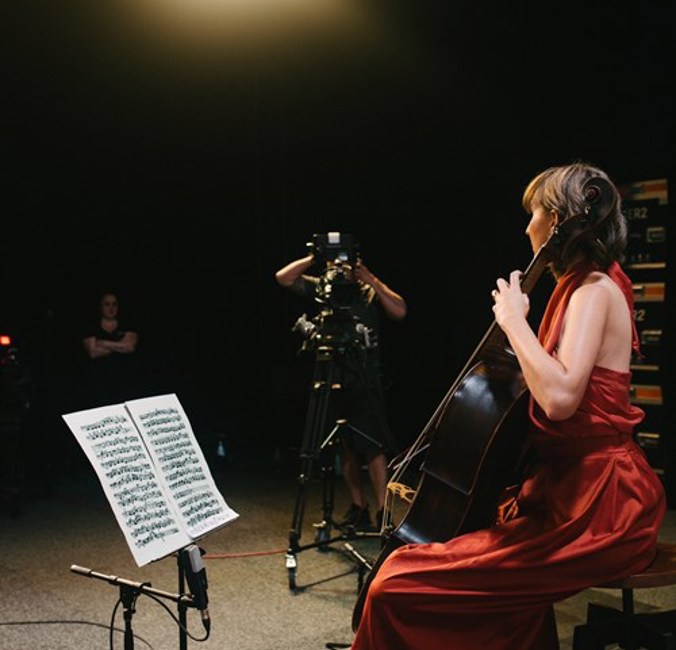Bach Series
Jonas Zschenderlein & Paul Dyer
BACH Nº 22
Jonas Zschenderlein & Paul Dyer perform the Prelude from JS Bach's Sonata in E minor for violin & continuo, BWV 1023
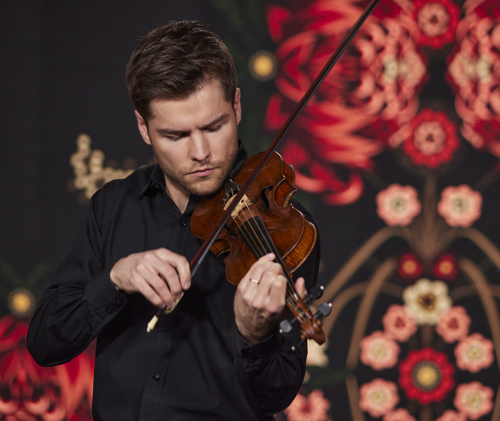
PROGRAM NOTES
Johann Sebastian Bach (1685-1750)
SONATA IN E MINOR FOR VIOLIN & CONTINUO, BWV 1023
Prelude
The modern world is greatly indebted to the mathematical prowess of our ancestors and their curious minds, responsible for uncovering so many of our universe’s hidden truths and the fundamental puzzles still being worked on today. But if mathematics is one of, if not the most powerful tool of humanity for universal understanding and communication (where the study of measurements, numbers, and space results in profound and often unexpected insights), then music is surely the supreme expression of emotion, the unknowable, and what many call the divine.
Johann Sebastian Bach is a deserving member of this erudite elite. In 1747 during the later stages of his life, he became an active member of a small academy called Correspondirende Societät der Musicalischen Wissenschaften (Correspondence Society of Musical Sciences), a society dedicated to the connections between science and music across fields such as theology, mathematics, medicine and ethnomusicology. Bach’s own contributions were in the form of several of his most important late works: The Musical Offering, Canonic Variations on ‘Von Himmel Hoch’, and The Art of Fugue, to name a few.
The extensive study of Bach’s music has provided us with essential examples and guidelines for interpreting the language of 18th century music. Understanding this language unlocks a greater comprehension of the Baroque world view, and Bach’s probing mind was more capable than any before or after at expressing and balancing what was known as Affektenlehre (the Doctrine of the Affections) and Figurenlehre (the Doctrine of Figures). In other terms, Bach’s music masterfully exploits the rhythm and harmony observable in the structure of our universe to both evoke and describe the hidden, internal torment of emotions familiar to each and every human being. But how does the music of a man who died almost 300 years ago, who worked and lived his entire life in just a tiny part of the world, excite our emotions, our curiosity, and speak so effortlessly and fundamentally of love, death, grief, joy and life?
WHAT TO LISTEN FOR
Unlike Jonas Zschenderlein‘s previous Bach Series release for Brandenburg One, this short prelude does not come from JS Bach’s famous collection of works for solo violin. Improvisatory in nature, most preludes at Bach’s time would not have been extensively written out as is the case here.
Accompanying Jonas is Paul Dyer on the chamber organ. The role of the continuo part is reduced to a single note, a drone that warms the space for the expressive, Italianate violin part which can be interpreted in many different ways. The approach taken by Jonas and Paul is striking, and Jonas persuasively works through the prelude by starting with a slow tempo and building gradually, getting faster and faster along with the increasingly dissonant upper part. This is a typical feature of Baroque performance meant to raise the heartbeat and stir our emotions.
Program Notes: Joanna Butler & Hugh Ronzani, 2021
Image Credit: Keith Saunders, 2021
BACH SERIES PRESENTING PARTNER

Artists
Listen
{% error.message %}
More for you...
{% series.name %}
Featured Content
{% series.featuredTitle %}





